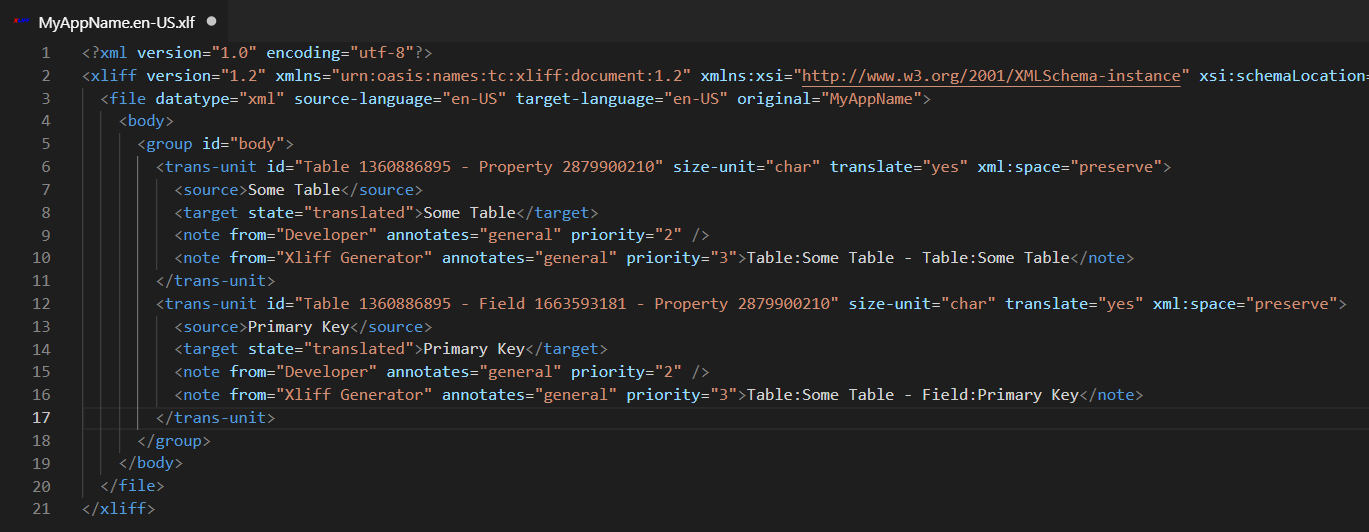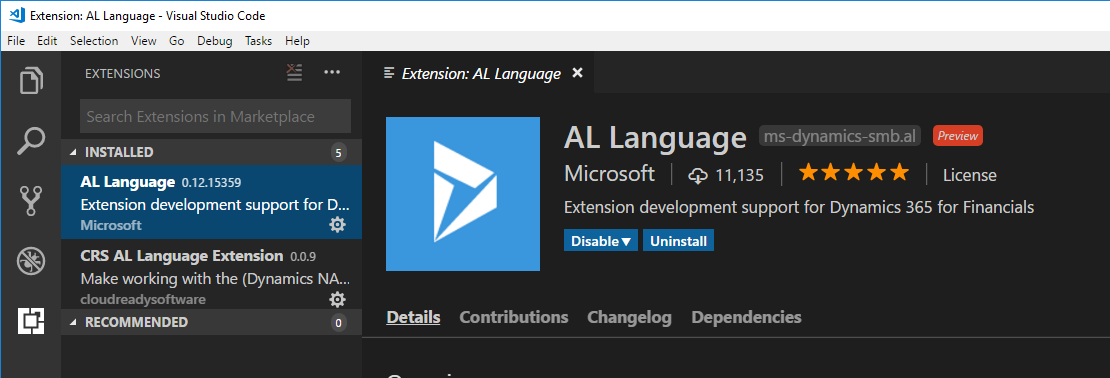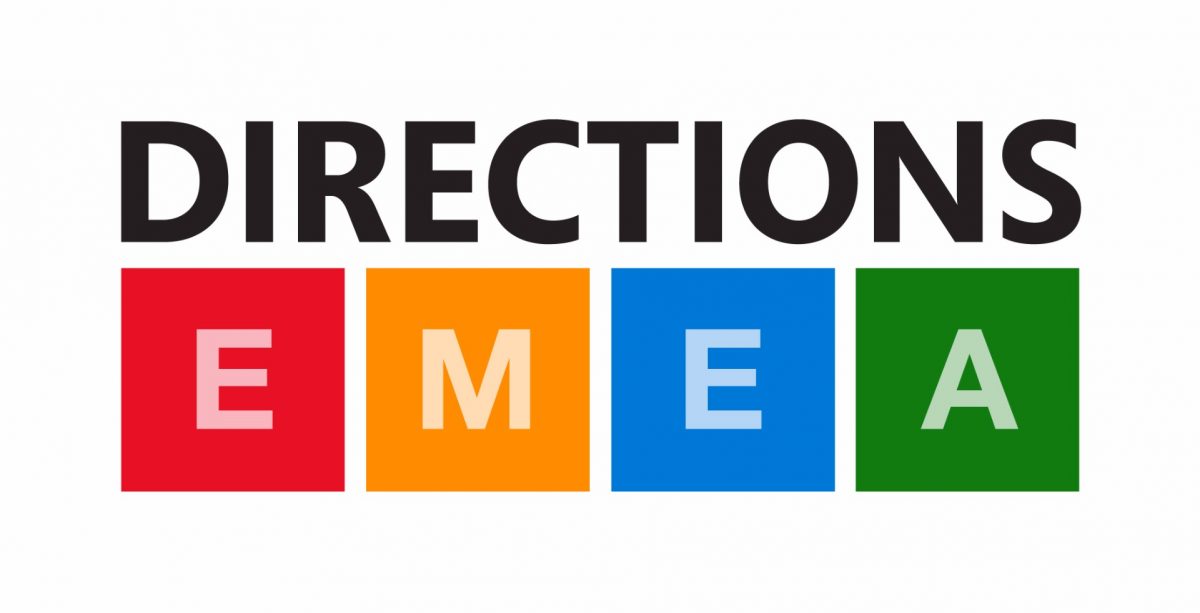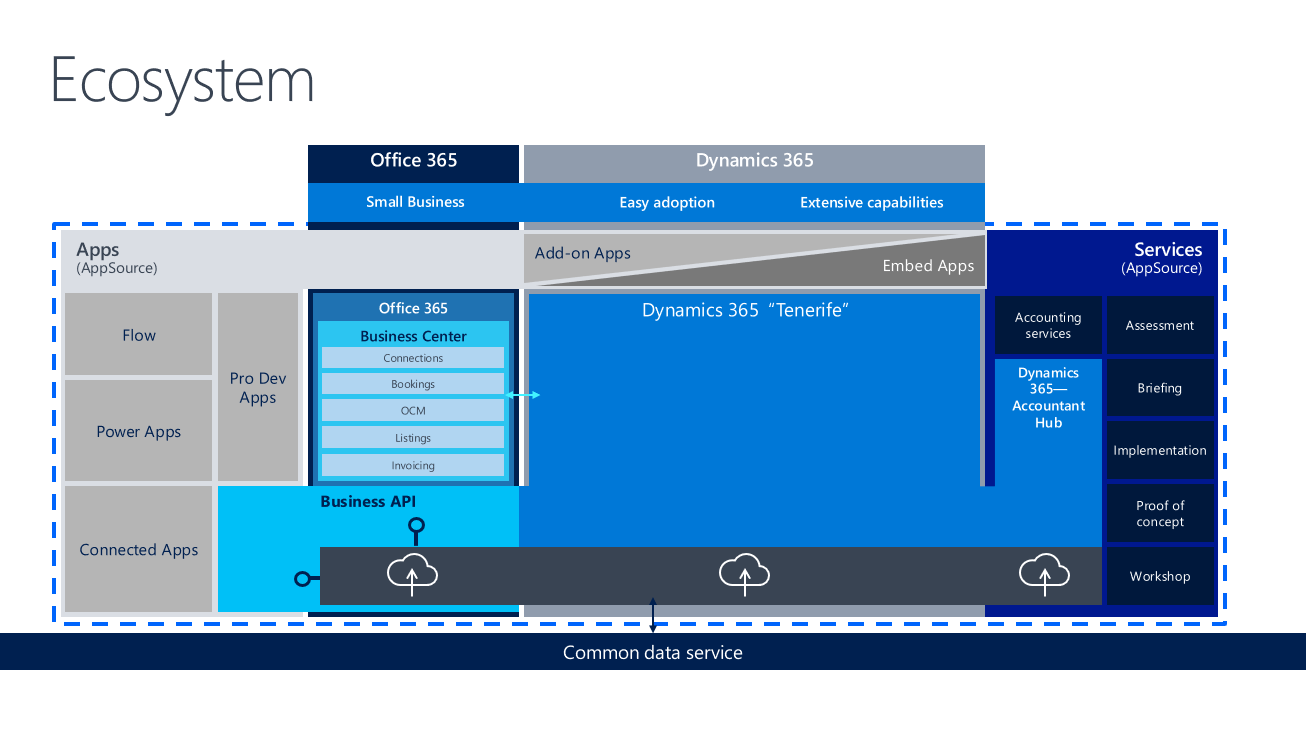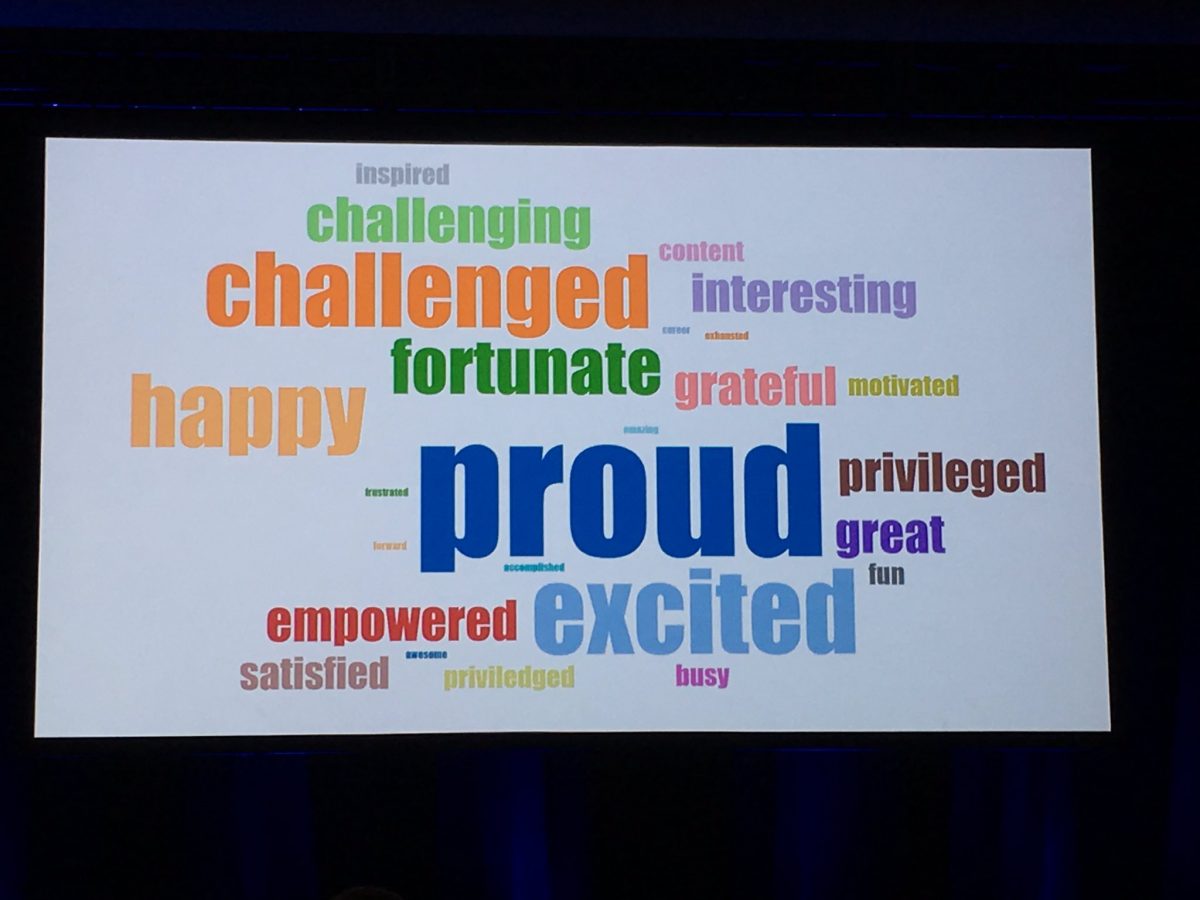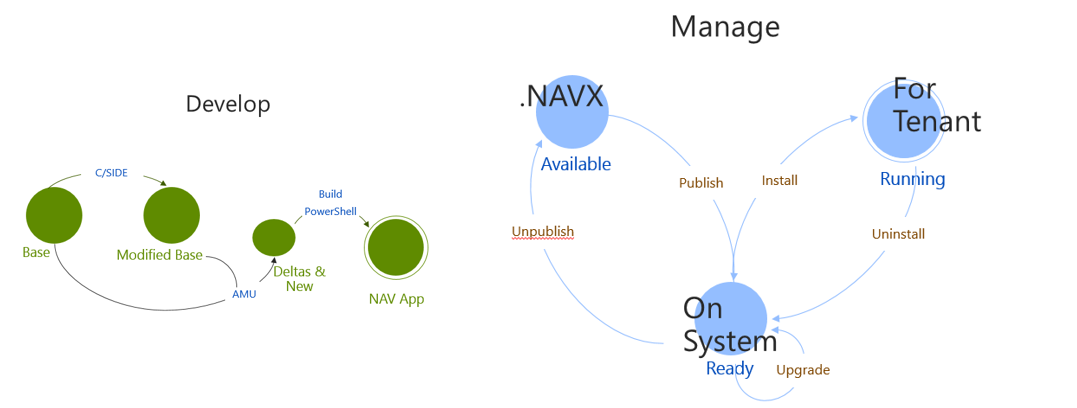In case you missed it, there were some unexpected announcement this week at Directions North America in Orlando, and as a result there’s some growing trepidation among my people of the NAV partner channel.
Over the past few years, Directions North America has become the time when Microsoft announces the new version of Dynamics NAV. All year long, the partner channel goes out and tries to time sales around this time, and they make promises like “just wait for Directions, the new version will come out, and we can get your project started right away”. Usually, partners go to the conference, attend all the sessions they can catch, and on their way back home, they put in their license orders.
This year, however, the announcement was that there would be NO new version right at Directions. Microsoft is working on the next greatest cloud product, and they have not yet decided what to call it, how licensing will work. We are told that the code is ready to go, but they’re not yet ready to pull the trigger, mostly because of marketing reasons. Since Microsoft wants to go big bang with this new product (identical “full NAV” on premise as well as in the cloud).
This announcement was made by Marko Perisic during the opening keynote, and that afternoon there was a Q&A session that got quite heated. I was not present at the first one, but because it was so “popular” they decided to do a repeat, and of course I did go to the repeat.
At the same time, some event was taking place with some big shots from Microsoft and some inner circle partners, where someone said that someone else high up in Microsoft said that “NAV is dead”. When I heard this, I was immediately skeptical about the accuracy of the quote, and even if it was accurate, that it was probably (likely) taken out of context.
I listened to Marko do some damage control, and to a number of people put forward their points of view, which were made with varying degrees of validity. My takeaways of this session were these:
- In My Humble Opinion – Marko made a big mistake by using the product codename in the official announcement. Granted, it was in quotation marks, but still, that was not a good thing. Now we have ‘NAV’, and we have “Tenerife” and we also have this unknown product name. Lots of lobbying by the way for ‘Dynamics 365 Navision’ which I actually like, but is probably too retro.
- No new NAV version is a BAD BAD BAD thing. Postponing the release until spring 2018 is an even worse thing. Many people have been postponing sales for the new version, and not having this new product will defer revenue until spring of next year, and that is going to cost a LOT of people a LOT of money.
- What I thought was an excellent suggestion was for Microsoft to release the product as it is today (after all, they DID say the code was ready to go), only for on premise, and use current licensing. That way we can start implementing the new product, and we can just call it NAV 2018 as everyone was expecting anyway
- This rumor that “NAV is dead” must be dispelled at once. Nuff said.
This Q&A session was brutal, there was a LOT of anger in the room. But one thing that I also took away from that session is that we are SUPER lucky to have someone like Marko at the helm of this great team at Microsoft. I observed this guy talk to everybody at Directions, and he always had a smile while he was being chewed out. He’s a very direct person (which I actually appreciate a lot) and that can sometimes be misunderstood. I’m in a fortunate position to be one of the MVP’s, and we had a private meeting with Marko this evening. Because of NDA I can’t share what we discussed, but I can assure you that this guy cares deeply for this community of ours. I for one have gained a TON of respect for how he stood up and listened to everyone that wanted to talk to him. He has heard everyone, and has taken everything to heart.
It’s still the middle of the conference. I have lots of session/workshop stuff to work on, so I gotta get going. Can’t wait for the closing keynote.

